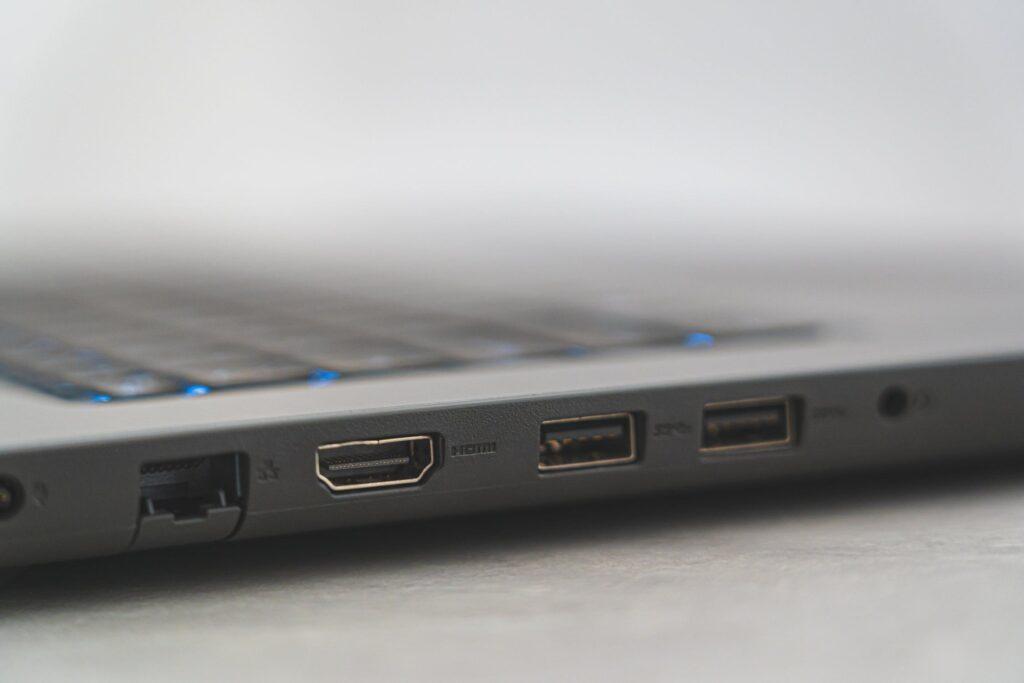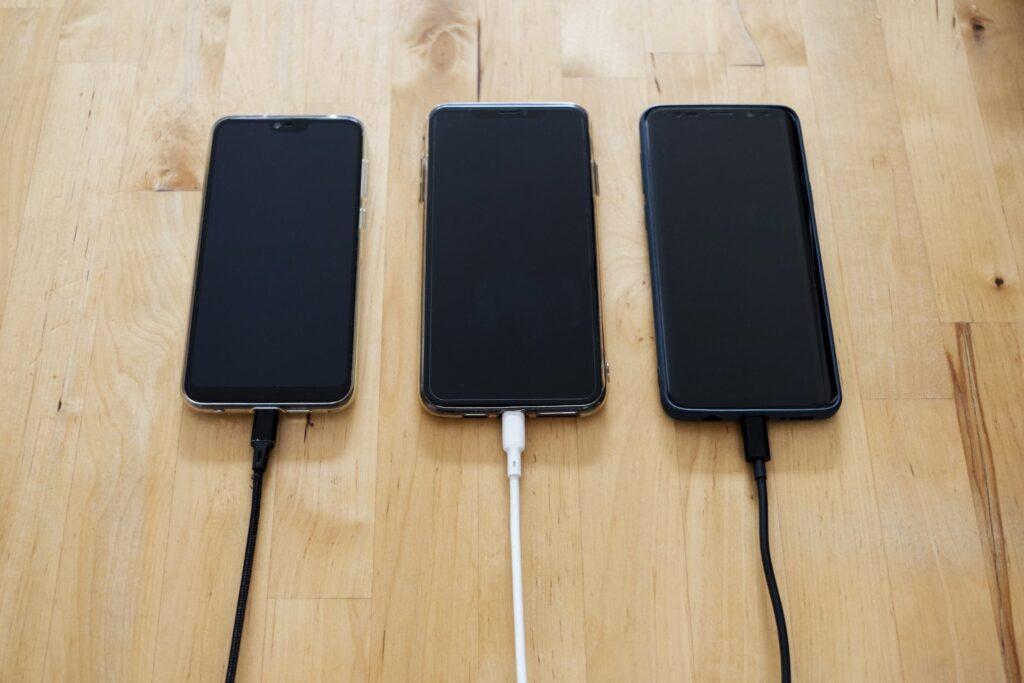Last Updated on November 12, 2022

The challenge of MDM workflow automations
The power of an MDM solution is sometimes a double-edged sword: While it can enable an endless variety of workflow automations, it is often difficult to determine where to even begin. IT admins and managers know that an MDM can improve operational efficiency, standardize business procedures, and prevent issues, but they are often unsure which workflow automations can help achieve these goals. In some cases, they may have a general idea of which MDM workflows to implement, but are uncertain what to prioritize.
To help you get started, we have assembled the most popular workflow automations on AirDroid Business. These cut across industries such as hospitality, retail, logistics, and more. The impact of workflow automations transcends many fields and may likely also apply to yours, even if it is not mentioned in this article.
Perhaps much more importantly, we have analyzed the trends that led to the popularity of these MDM workflows, so you can understand the business case for each. An MDM, after all, is not just another tool in your tech stack, but a kind of operating system to an increasingly digital organization. When you maximize the use of your MDM solution, you can grow your business more efficiently.
Here are the most popular MDM workflow automations that we recommend. We have included some details on how to set up each – the recipe portion to this AirDroid Business Cookbook – which you can do through the “Alerts and Workflows” tab on your business account.
Our most popular workflow automations
The Anti-Overemployment Recipe

Alert type: Device cellular data usage
Time range: per month
Triggered value: 1000 MB (we recommend a value that represents the top 5% of users, which are a statistical anomaly)
Triggered action: notification
This workflow automation sends a notification when data exceeds a certain threshold. Some of these alerts may be for legitimate power users, who are simply using their device much more than their peers, such as an account manager who may have a high-touch client or a salesperson who needs to make a lot of outbound calls via messaging apps.
A portion of this excessive data usage may point to an instance of a growing trend: overemployment. Now that remote work has come of age due to the pandemic, more and more workers are trying to hold down multiple jobs, while attempting to hide the fact from each employer. This trend is of course a major drain on productivity: The employee you hired for full-time work may be only working for your organization half the time or even less. For example, in a recent investigation of 1,000 workers, credit reporting agency Equifax found 24 who were working at least two jobs, with some even working three or more.
Some overemployed workers are brazen, using the device issued by one company to service the needs of another organization, who may not have provided them with one. In these instances, this workflow automation would be a quick way to identify overemployed workers before they waste more company time, resources, and productivity.
The Anti-Quiet Quitting Recipe

Alert type: App cellular data usage
Time range: per month
Triggered value: 200 MB (we recommend a value that represents the top 5% of users, which are a statistical anomaly)
Triggered action: notification
In contrast to the recipe above, this MDM workflow monitors excess data at the app level. This one is popular because it combats another trend on the opposite side of overemployment: quiet quitting, or doing the bare minimum to get by. With remote work, quiet quitting may manifest in employees who do what is asked of them, but show no initiative otherwise, spending the rest of their time slacking off.
Quiet quitting is becoming an epidemic. According to Gallup, quiet quitters even outnumber the employees actively engaged with their work, at an astounding ratio of 1.8 to 1. The impact to any organization’s productivity should be self-evident: A company generally succeeds when its team members rise to the occasion and go above the call of duty, not when the majority of people are just scraping by.
Fortunately, there are signs to quiet quitting. While these staff members may not be psychologically present with the rest of the team, they may still be using their company-issued devices – for other purposes, that is. Some of them may be spending an unusual amount of time surfing the net, chatting on apps, or streaming.
This MDM workflow can identify staff with high usage on apps that may indicate a higher likelihood of disengagement, such as Facebook, TikTok, Viber, WhatsApp, or Spotify. From there, the organization can try to connect with the distant team member through employee engagement activities, or even take disciplinary action as needed.

The Smooth Storefront Recipe
Alert type: Foreground app status
Triggered status: Stop running in the foreground
Triggered action: device reboot
Retailers are no longer the only types of organizations with digital signages. More and more companies are extending their brand presence into the real world with these touchpoints. While these are a great way to get in front of your target audience, they can sometimes backfire and become counterproductive in the process.
These digital signages may crash. They may glitch. Or they may even be maliciously switched over to other apps, as in the case of disgruntled employees who have projected obscene material on digital signages. No matter the cause, changes in what you intended to project to what is actually on-screen may cause reputational damage to your brand. This problem may compound when a person encounters the problem in person and then documents the error on social media for the world to see.
This workflow automation can address these issues in an instant. By identifying when the app with your content stops running in the foreground, you can trigger a device reboot that will restore your brand’s preferred image in both meanings of the term. One, this MDM workflow will recast the visual image your audience was meant to see. Two, your brand’s image as a digitally-savvy leader in your particular category will remain untarnished.
The Anti-Malware Recipe

Alert type: Battery temperature
Triggered status: 40°C
Triggered action: Device screen off
This recipe assumes that an organization has set workflow automations around device cellular data usage, app cellular data usage, or both, which would limit the resource-intensive apps that cause overheating, such as streaming sites, as well as running too many apps simultaneously.
In this case, the cause of any overheating is often malware running in the background, unbeknownst to the user. This situation is dangerous. The device can get permanently damaged from overheating, and the person may be injured, either through burns or even an explosion, which is more common than you would expect.
The malware also represents a cybersecurity threat, potentially stealing user or company data. By shutting off the phone immediately, the IT team can mitigate these immediate risks, and then reach out to the team member through another channel to arrange for other, higher level interventions on the compromised device.
The Anti-Theft Recipe

Alert type: External HDMI status
Triggered status: detected
Triggered action: factory reset
Many organizations explicitly forbid employees from connecting external devices to their company-issued one because it can lead to data leakage or even theft. Despite these warnings, some employees may forget, or even willingly disobey.
For these situations, this workflow automation may be a strong counter-measure. As soon as an employee connects an external device via an HDMI port, the company-issued device will enter into a factory reset.
Though this may seem like a draconian measure, it is actually a helpful one no matter the situation. If the employee simply made a mistake, the factory reset will remind him of the importance of his role in protecting the organization’s data. If the employee was truly a bad actor, such as a corporate spy, the factory reset will prevent him from transferring sensitive data to another device.
The Save Company Property Recipe

Alert type: Battery capacity
Triggered status: 10%
Triggered action: device screen off
People are so consumed with their devices that they give little thought to battery life. Many users regularly drain the battery level of their devices down to 1%. This kind of usage is bad for the device, as it shortens the lifespan of the battery.
This effect may be inconsequential to a single person, but when you are an organization with hundreds or thousands of devices, poor battery management can amount to a large expense on the balance sheet – an unnecessary one at that. You can encourage workers to exercise better battery management, but they will inevitably forget, given how busy they are.
This workflow automation acts as a safeguard. By automatically shutting down a device once its battery level falls below a certain threshold – we recommend somewhere between 10% and 20% – you can prompt the user to charge their phone. When implemented across your workforce, this MDM workflow will put cash in your bank that you could spend on more important needs than batteries.
A parting note about our workflow automation recipes
The recipes above are a good place to begin your enterprise journey with MDM workflows. But like actual cooking, you will only improve at maximizing workflow automations through actual practice, through which you can find out what works best for you and your organization. Fortunately, AirDroid Business offers a 14-day free trial, so you enroll your devices, test out the recipes above, and try out other MDM workflows that may improve productivity at your organization.

[…] the dashboard. Workflows are also categorized by different levels of actions. Admins can create different workflows for different scenarios. You can have your team be notified when the most critical automation such as resetting the device […]
[…] What is particularly useful about this monitoring suite is that it does not need to occur in real-time, like security guards watching feeds from CCTV cameras. The organization can instead set up workflows that will trigger an automatic alert should a particular condition be met. For overused devices, for example, the IT team can set up a notification that informs them if a device exceeds 1000 MB in data per month. […]